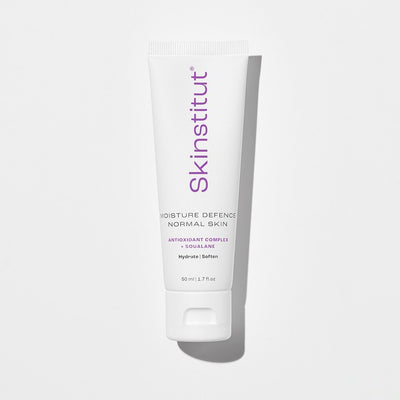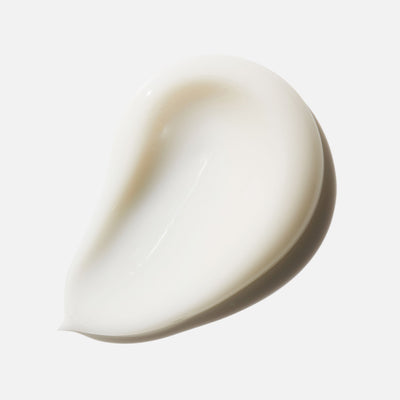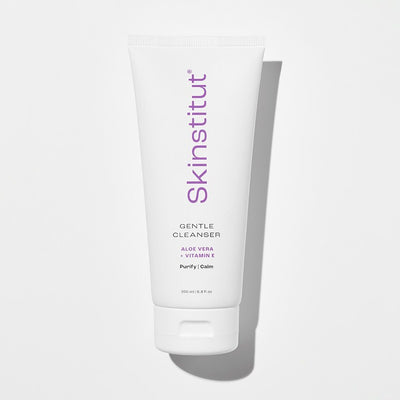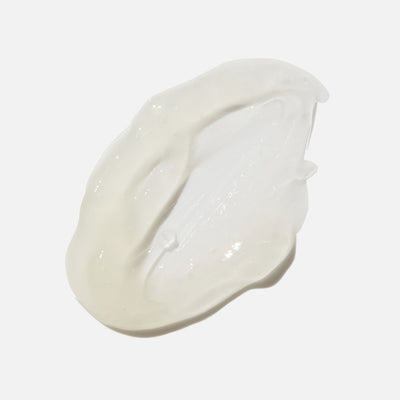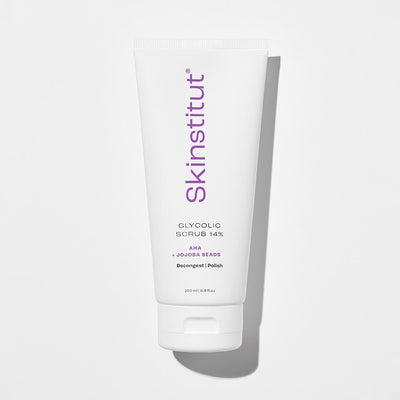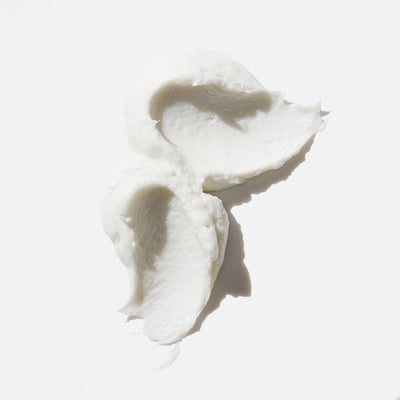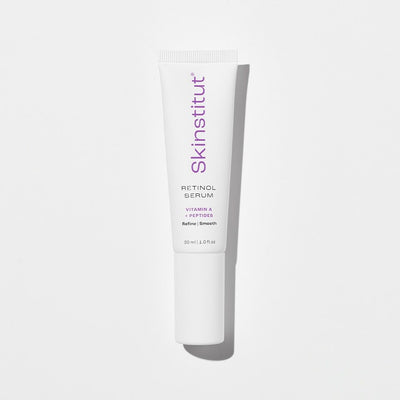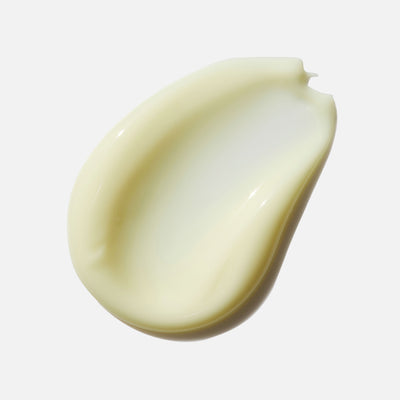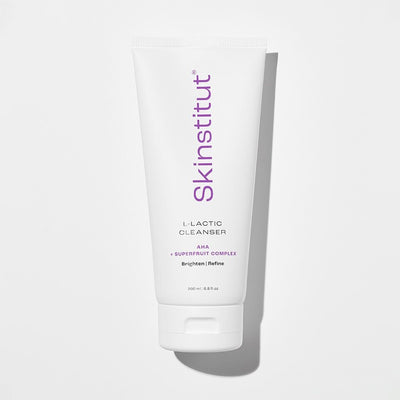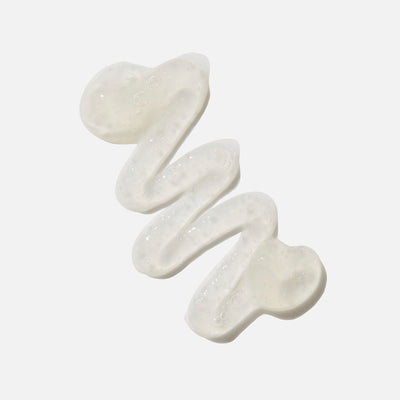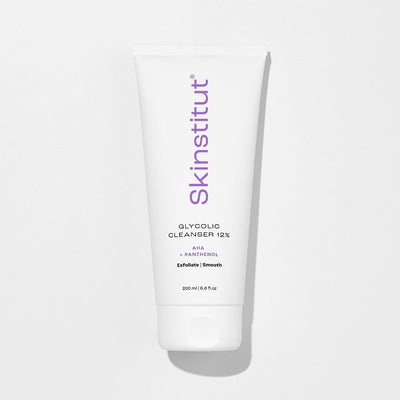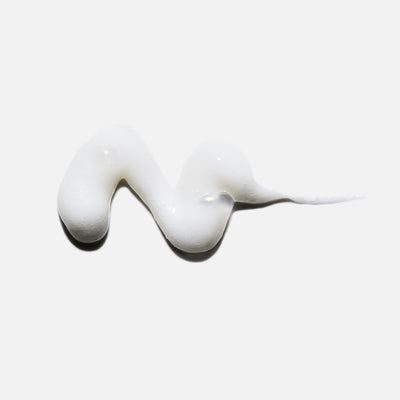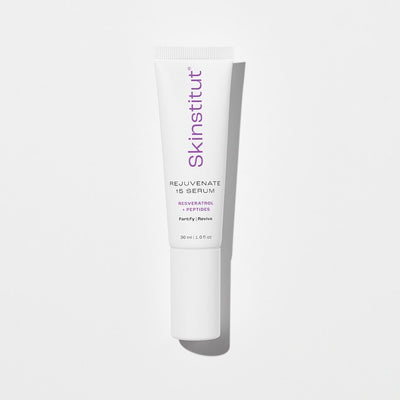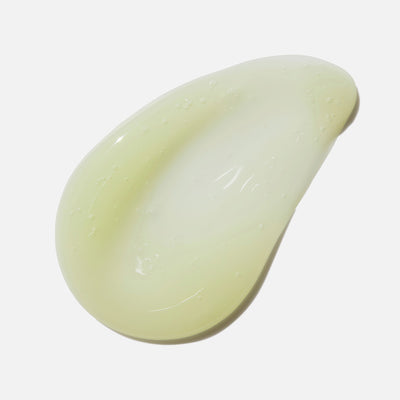A big part of dealing with breakouts effectively is understanding why they happen, what aggravates them, and of course, what you can do to calm and control them with the end goal of clearer, smoother, more even skin.
So, What Causes Breakouts?
Breakouts in the skin can come from a multitude of different factors —and the combination of those factors. Changes in hormones (think puberty, your monthly cycle, the contraceptive pill, pregnancy, peri-menopause, and menopause) can drive your natural oil production up and down. A slow down or disruption of your skin’s own cellular renewal process can cause tired skin cells to pile up on the skin’s surface, blocking pores and creating congestion. Breakouts can also be the result of other health and lifestyle factors including poor gut health or digestion, using the wrong skincare for your skin type, or simply overloading the skin with too many products.
Why Inflammation Triggers a Breakout
Inflammation is the body’s natural response to attack; whether that’s from environmental factors, bacteria, chemicals or allergens in food or skincare products. It’s part of the body’s own wound-healing mechanism yet when it gets out of control and is left untreated, the inflammation with an inflamed breakout can result in the rupture of the hair follicle, releasing the contents (bacteria) of the pustule to the surrounding skin. This then triggers inflammation in the surrounding follicles and results in a wider, deeper, and often painful cyst.
Recent data suggests that inflammation plays a unique role in every stage of the acne life cycle including how it heals and whether it leaves visible markings or scars. Generally speaking, the greater the level of inflammation in the skin, the higher the risk of scarring after your breakouts have healed.
Speaking of Scarring…
Acne scars are most often the product of an inflamed lesion, such as an angry papule, pustule, or cyst, rather than blackheads, whiteheads or other non-inflamed blemishes. When a spot or breakout becomes inflamed it’s when the follicle or pore becomes engorged with excess oil, dead skin cells, and bacteria. The pore swells, causing a break in the follicle wall. If the rupture occurs near the skin's surface, the lesion is usually minor and heals quickly. More serious lesions arise when there is a deep break in the follicle wall. The infected material spills out into the dermis and destroys healthy skin tissue.
Some skins are naturally more prone to scarring, whether a breakout is inflamed or not. Which is why it’s important to take preventative measures to help quickly calm inflammation and strengthen the skin’s support structure to prevent or minimise your risk of visible, and sometimes permanent, markings on the skin.
YOUR BREAKOUT TREATMENT PLAN
While every skin (and breakout) is unique, there are a few things you can consider to help quickly improve and heal a breakout and minimise or prevent the visible effects of scarring.
1. Take Your Face to a Professional
Wherever it’s an option, we always suggest having a skin consultation with an experienced professional, be it a dermal therapist or a dermatologist. Understanding what may be the cause of a breakout both below the surface and considering any relevant lifestyle or environmental factors that are contributing to the problem is really the best place to start.
Find your nearest skinstitut stockist here.
2. Be Gentle
Given excess oil and bacteria is often a factor in a breakout, many people try to starve the skin of any oil and use harsh, alcohol-based products or high-strength AHAs or retinoids to kill off the infection. Please don’t do that; not only can this dry out the skin, resulting in flaky, sensitive patches but it can cause unnecessary irritation and redness. It’s super important to remember that any breakout is a result of inflammation and calming the skin and helping to quell the inflammation and minimise the risk of scarring is an important foundation of treatment.
Cleanse your skin with our Gentle Cleanser and keep congestion under control with the mild-but-effective exfoliating powers of Enzymatic Micro Peel. Our Moisture Defence Oily is a great daily hydrator specifically designed for oily and breakout-prone skin to deliver much-need moisture without overloading the skin or leaving it looking shiny.
3. Remember That Exfoliation is Everything
Nothing is going to congest your skin and lead to breakouts like a pile-up of dead skin cells clogging your pores and breeding bacteria. Help your skin to speed up the cellular renewal process by exfoliating once or twice a week to remove debris and excess oil and fast-track new cells to the surface.
We have a range of exfoliants for different skin types that will get the job done without irritating or inflaming the situation from our super-gentle Enzymatic Micro Peel through to our more active Glycolic Scrub 14%.
Check out our exfoliants here.
4. Take Preventative Action
It’s near impossible to know whether a particular breakout is going to result in a permanent mark on your skin which is why it’s so important to quickly quell the inflammation and control the (understandable) urge to pick at your spots. Squeezing or scraping at blemishes will only help to spread the bacteria and definitely increase the likelihood of more permanent scarring. Building the skin’s strength and resilience by boosting Collagen and Elastin production and fortifying cells will also help to minimise or even prevent permanent damage to the skin.
Our much-loved Retinol Serum utilises microencapsulated Vitamin A and peptides to stimulate Collagen production and help refine the skin’s surface and smooth the appearance of skin tone, texture, and any scar tissue.
If you’ve never used Retinol before, we suggest you read our deep dive into this amazing multi-tasker here.
SKINTEL: If you’re acne-free but want to try and improve any scarring that breakouts have left behind, we’ve seen great results when mixing a little of our Vitamin C 100% into Retinol Serum. Apply as your evening treatment serum but avoid if you have sensitive, irritated or inflamed skin.



